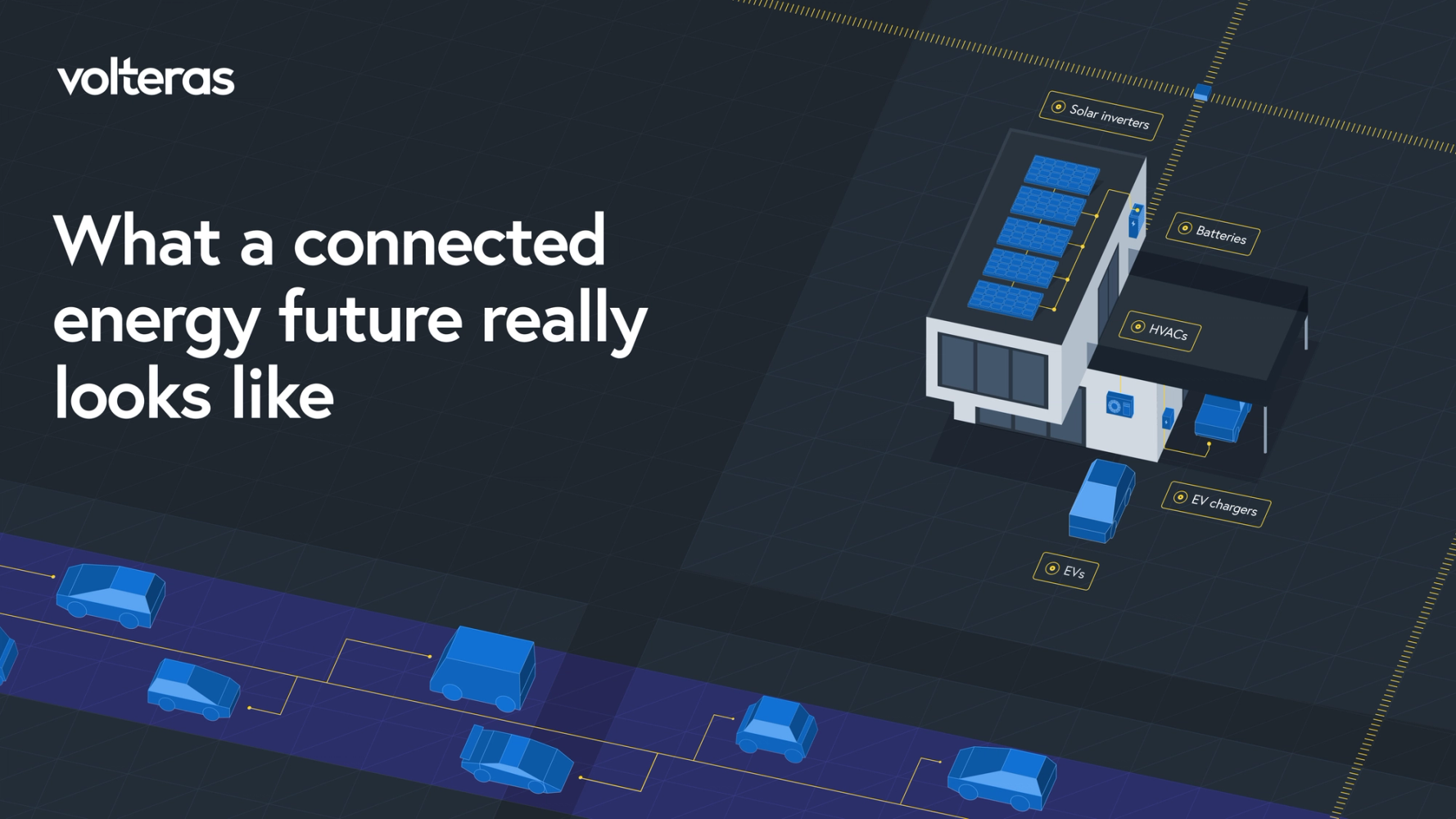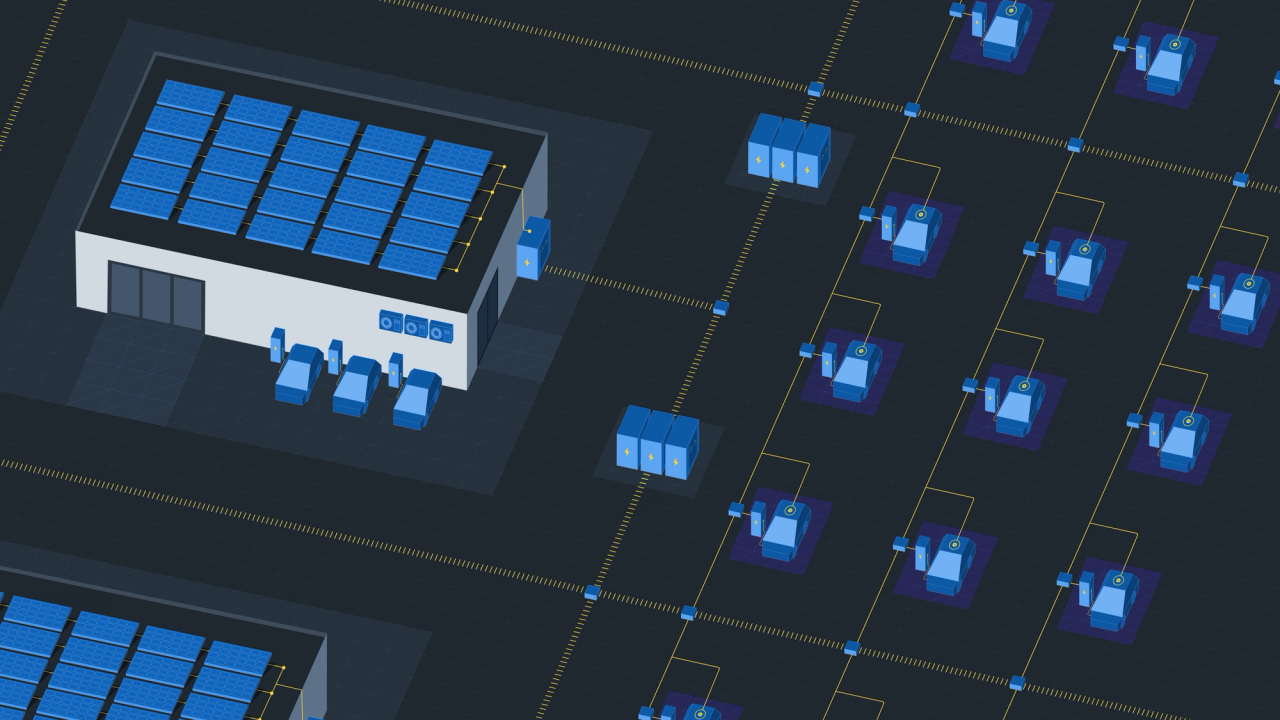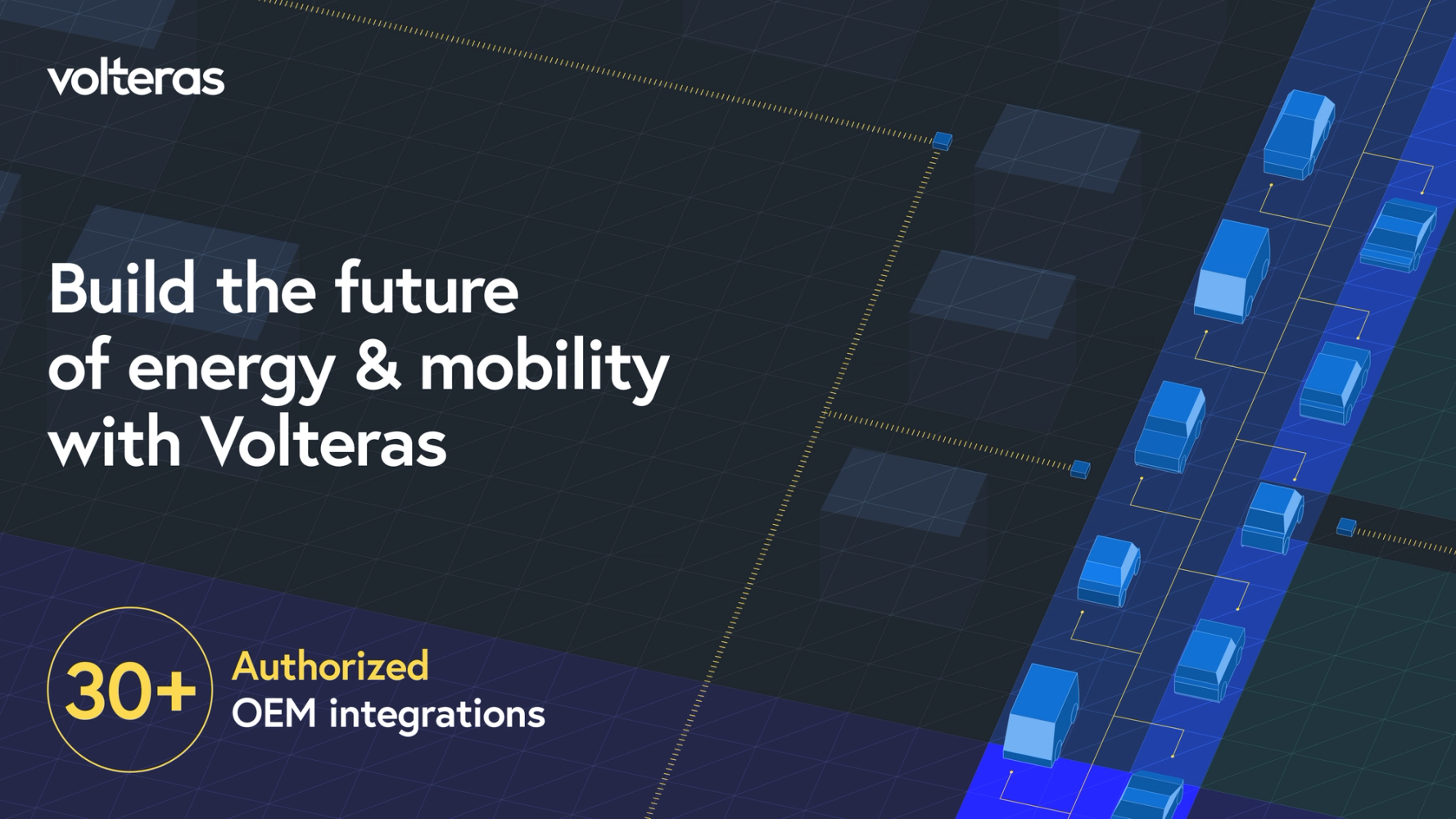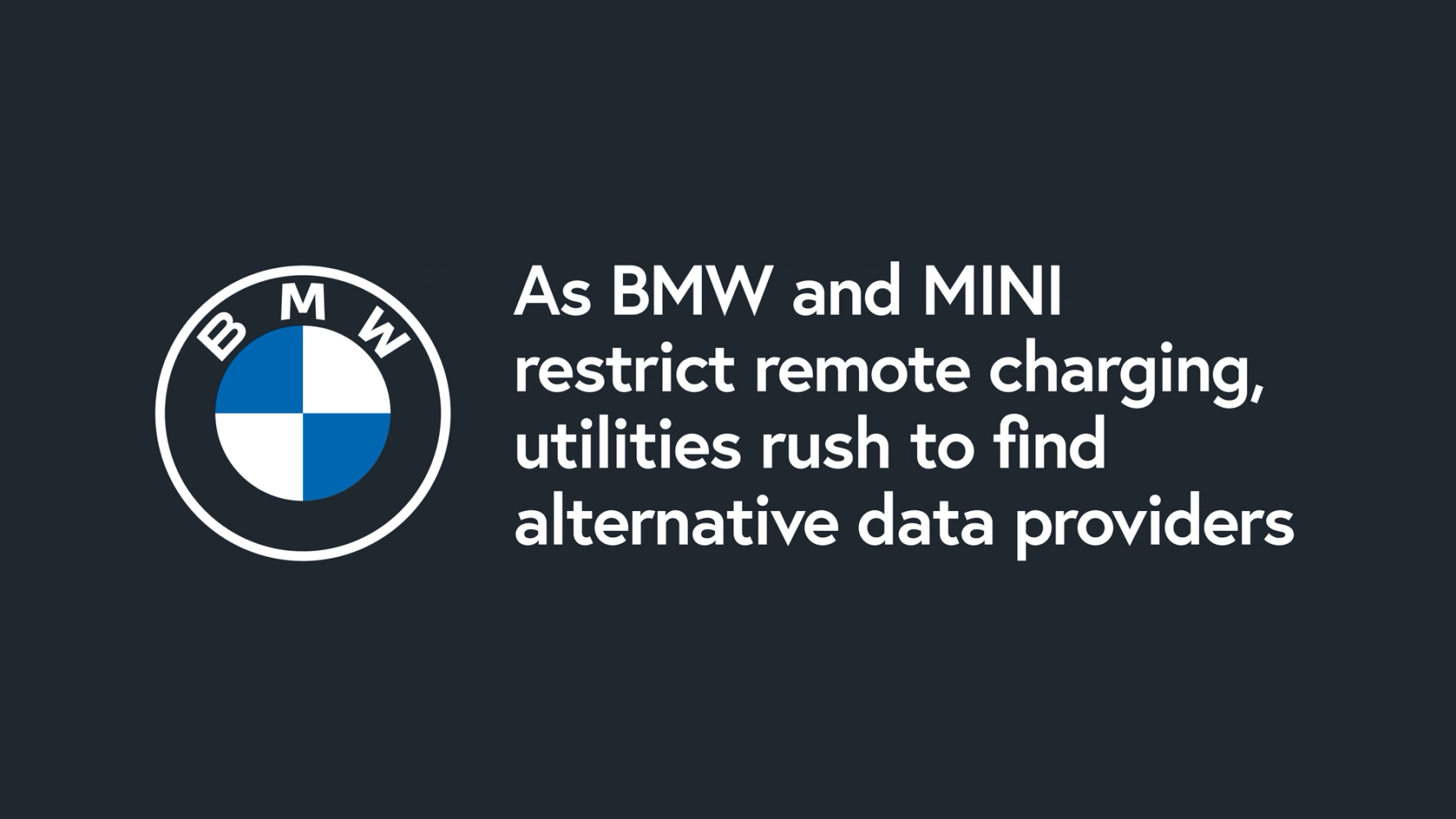

I’ve spent years thinking about how we power the world—not just through wires and infrastructure, but through smarter, more connected systems. Right now, we’re standing at a moment of huge change. Yes, government leaders need to act boldly, but the real shift depends on all of us. The way we use energy—how we drive, when we charge, what we connect—matters more than ever.
We can’t keep thinking of energy as something that flows from big power stations down a one-way street. The future depends on vehicles, homes, and devices that talk to the grid in real time. Our cars are quickly becoming as vital to our energy system as the wires in our walls. But to make that future work—for businesses, drivers, and the grid—the architecture beneath it all has to evolve.
The automotive and energy industries are becoming one
As more of the UK’s fleet goes electric, with the 2030 ban on new petrol and diesel cars looming, we’re watching two previously disparate industries—automotive and energy—come together. This isn’t a soft merge; it’s more of a technical convergence demanding real-time data, dynamic infrastructure, and total interoperability between systems that were never designed to work together.
When an electric vehicle charges, it becomes part of the electrical grid. Companies want to provide money to customers for steering this charging, but to do that is not simple. There’s so much more to it: they need to manage energy actively—knowing when vehicles are plugged in, how much charge they have, and how to coordinate charging intelligently across dozens or of assets.
Behind the scenes, this is all going on to benefit the driver. Nobody wants to spend all day timing when to start charging when electricity prices are low, or stop charging when they become high. APIs exist to enable apps to do this on behalf of drivers, automating charging while paying drivers for participating.
The adoption of these programs helps everyone—and also enables our country’s grid to operate more efficiently. A more intelligent grid means less reliance on fossil fuels and we all have a part to play in this.

Why the grid is changing too, and what that means
In the UK, National Grid ESO’s P415 initiative is laying the foundation for EVs to become active participants in balancing supply and demand. This initiative is a regulatory change in the UK designed to enable Virtual Lead Parties (VLPs)—aggregators of flexible energy assets such as EVs, batteries, or demand-response systems—to participate directly in the wholesale electricity market, without going through traditional energy suppliers.
What that means in practice is that EVs, especially fleets, can be compensated for adjusting their charge patterns in response to grid signals. For this, the market needs frequent, accurate, and granular data. Intervals as short as 1–5 seconds are now regarded as the new standard.
This shift has major implications. Those who manage many EVs—like fleet managers—are sitting on a new source of uncaptured revenue. Turning EVs into assets is a simple strategic decision, and fleets can do this today with little effort. As for vehicles, they’re no longer just modes of transport—they are actually rolling batteries. To work in this evolving market, data needs to flow both ways: vehicles need to communicate in real time with energy platforms, with total clarity and trust.
That’s where robust, OEM-approved APIs come into play (more on that later).
UK businesses can lead the way
In the UK, the grid is among the most complex and demand-sensitive in Europe. With dense urban centres, ageing infrastructure, and rapidly rising electrification, Britain’s energy landscape is under pressure to modernise fast. Industries need to respond with scalable technology, interoperable systems, and user-first design.
The UK is uniquely positioned to lead—not just in deploying EVs, but in transforming them into core components of a flexible, decentralised energy system. The decisions made now, from software architecture to cross-sector partnerships, will determine whether it falls behind or build a model that other nations follow.
What needs to happen to drive the energy transition—now
To support a sustainable energy future, businesses need to innovate, improve efficiencies, and electrify; not just because it’s the right thing to do, but because the grid depends on it. I genuinely believe the companies that move first here will be the ones that lead, commercially and culturally. At Volteras, we’re not just watching this transition happen—we’re helping to rebuild the operating system of national energy from the ground up.
In this new paradigm, every vehicle becomes a grid resource, every API a link in the chain, and every fleet a node in a smarter, faster, cleaner energy system. I’ve said it before, but I can’t emphasize enough that connected energy is the backbone of the net-zero economy.
Reshaping the future with a new ecosystem
That’s why we built Volteras in close partnership with OEMs—to make sure data flows in real time, with the reliability, security, and stability that businesses need to depend on it. This isn’t just software—it’s critical infrastructure. We work directly with OEMs like Mercedes-Benz, BMW and Stellantis to deliver enterprise-grade data streaming with 99.9% uptime.
I’m proud of what we’ve built. But more than that, I’m excited for where we go next—because the real innovation starts when businesses take this foundation and run with it. With our high-performance API and real-time data, we’re giving mobility leaders the tools to build, scale and shape the future of clean energy.
Build the future of energy and mobility as a Volteras OEM partner

As BMW and MINI restrict remote charging, utilities rush to find alternative data providers

a clean energy future.

